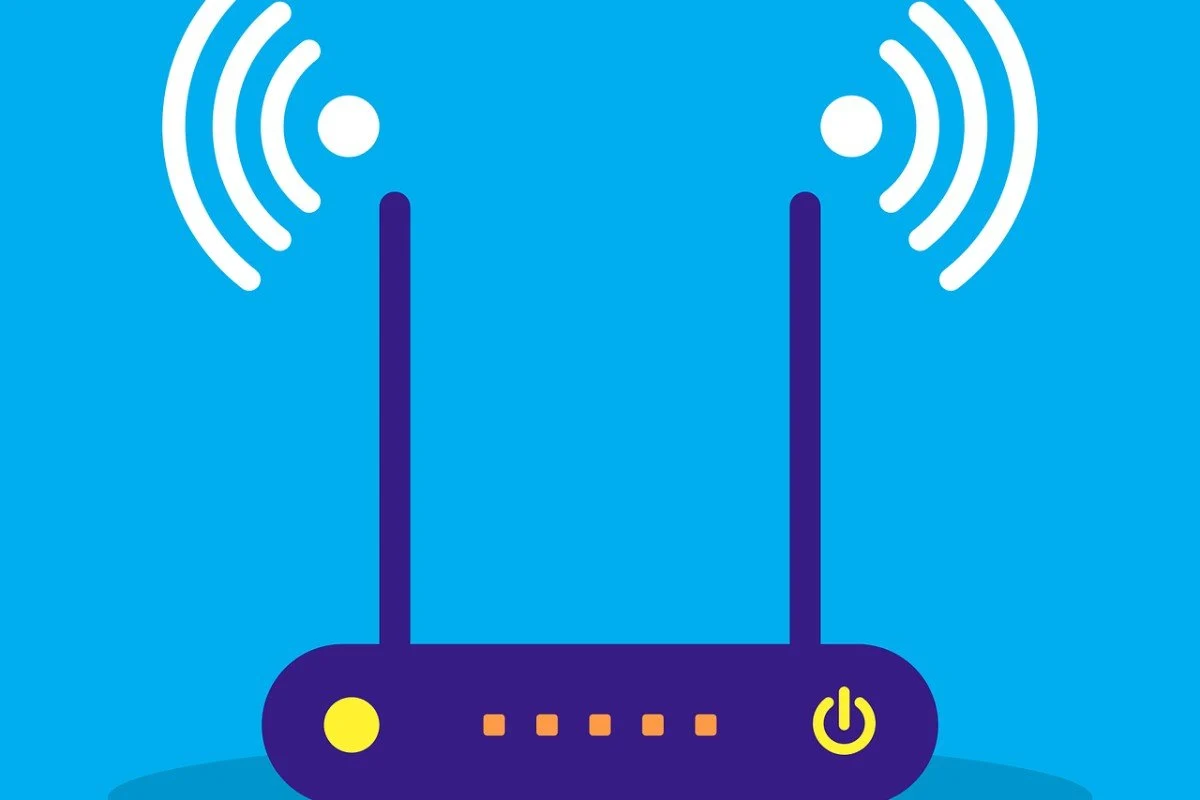A reliable and strong WiFi signal has become essential in this age of digital. It is crucial for productivity and connectivity. The strategic placement of wireless access points (WAP) is an essential element in ensuring seamless connectivity and high productivity. It is essential to place your WAP in a way that will maximize wifi signal strength and stability. We’ll take a look at WAP devices, and learn how to select the best access point in your home to get the best wireless connectivity.
A Wap Wireless Access Point is a crucial device for networking that allows wireless-enabled devices to connect to a wired network via WiFi or comparable standards. It is an essential device to extend your network’s coverage and removing the need to use cumbersome cables. The WAP transforms the information received by a router through an Ethernet cable into radio frequency. The radio signal is detected by WAPs, allowing them to connect to the network. For more information, click WAP Wireless Access Point
The Effects of WAP Placement
A well-planned placement of a WiFi access point is crucial to ensure that you have a stable and reliable WiFi signal throughout your space. The position of the WAP can impact the strength of your signal, the area of coverage, and overall efficiency of the WiFi network. Placing the WAP in an optimal position helps to reduce interference, increasing coverage, and enhancing connectivity for users.

Factors that influence the WAP signal strength
Several factors can affect the information that a WAP sends to your devices. These include:
Signal strength: The strength of the WAP signal.
Range: Distance over which WAP is able to send a strong reliable signal.
Interference: Obstacles and electronic devices that could interfere with the WiFi signal.
Find the ideal home access point
It is vital to choose the right WAP at either your home or office for the best performance on WiFi. Here are a few things to think about when selecting the best WiFi access point for your home:
Signal Strength and Range: Pick the WAP that has a strong signal, and large coverage. This will ensure that the WiFi signal can be accessed everywhere you need it with no dead spots.
Interference Management: Pick the WAP that is equipped with technologies to minimize interference. Triple-band or dual-band technology can be used to navigate WiFi channels that are jammed.
Simple Installation and Configuration – Pick an WAP that is easy to configure and set up. Simple installation processes and simple interfaces help you save time and effort.
Security Features: Choose WAPs that have strong security features like encryption protocols, security settings, and security settings. This will ensure the security of your network as well as data.
Scalability: Be sure that the WAP has the capacity to accommodate the number of devices you are planning to connect. Expandable WAPs expand with the network, making them a future-proof purchase.
Optimizing WAP Placement for Maximum Performance
Central Location: Position the WAP at a central point to ensure an even distribution of the WiFi signal across your area. This will reduce dead zones and guarantee that you have a constant connection throughout your structure.
Elevation: Mount your WAP at a higher elevation such as on a wall or ceiling. This helps in broadcasting the signal in a more efficient manner, resulting in improved coverage and minimizing obstructions.
To avoid interference, keep your WiFi away from objects and materials that may create interference. These include phones with cords and microwaves, as well as metal structures. This helps maintain a clean and strong WiFi signal.
Professional Assessment: Think about consulting with IT experts to conduct a thorough assessment of your area. They can help identify optimal places for WAPs according to your particular requirements.
The conclusion of the article is:
In today’s rapidly changing technology world, an efficient WiFi connection is vital. Wireless Access Points are essential in this regard, as they can extend your network and provide a stable WiFi connection. In order to achieve optimal WiFi performance, it’s essential to put your WAP in the most strategic location and select the most suitable wireless network access point.
Investing time and effort into evaluating your space, understanding the factors that affect WAP signal strength, and considering the essential features of a WAP can make a significant difference. It is possible to maximize the power of your WiFi network by mastering the art and science behind WAP positioning.
